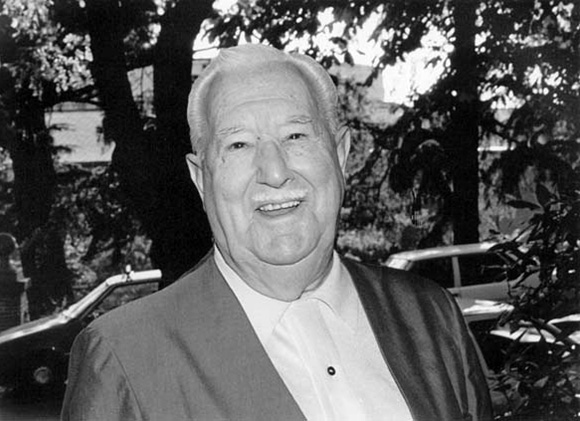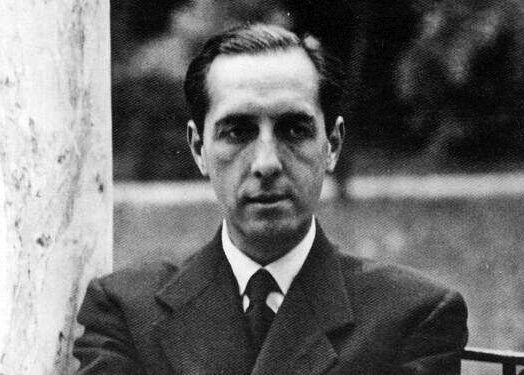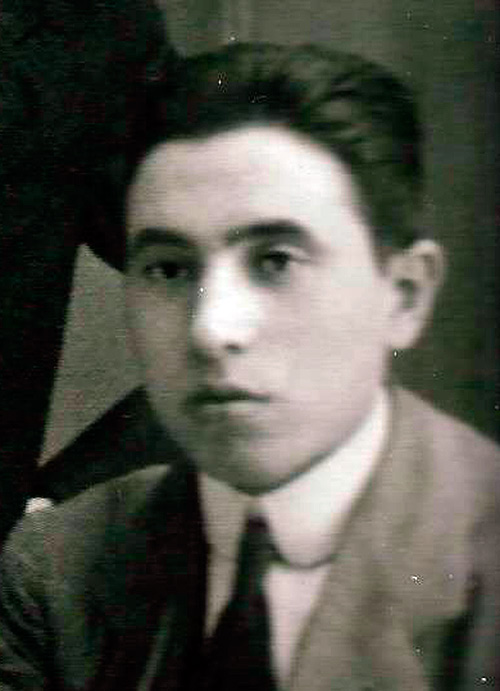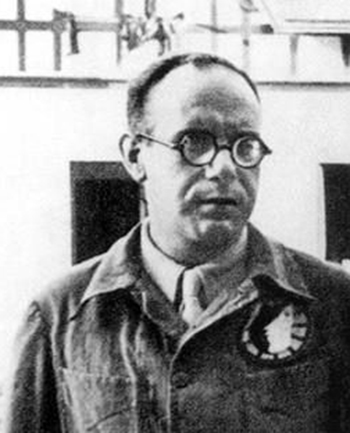Spanish intellectual, friend of Federico García Lorca and fellow member of the Residencia de Estudiantes (Students’ Residence) in Madrid. He was born in 1904, in Huesca (Aragon). He has been described by Enrique Vila-Matas as one of the great artists without work. As can be seen from the letters and descriptions of him by his contemporaries, he was a unique character, with a great sense of humor and inventiveness, totally integrated in the avant-garde atmosphere of play and humor that permeated the Residencia. His father was an important and prosperous engineer, friend of personalities such as Joaquín Costa, Ramón y Cajal or Giner de los Ríos. He entered the Residencia de Estudiantes very young, at the age of eleven. He began to study medicine but did not finish his degree. He held some official positions in 1927, at the Ibero-American Exposition in Seville, and during the Second Republic.
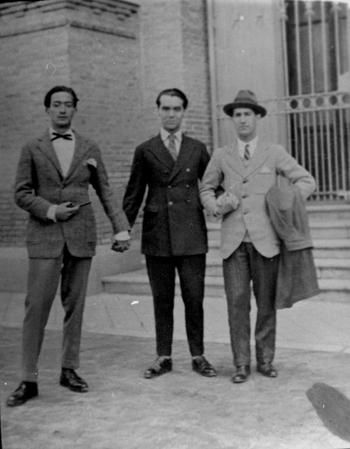
He met Federico on the poet’s first visit to the Residencia. They hit it off from the beginning and came to share a room for a few months. Buñuel, Lorca, Dalí and Bello were a prominent group at the Residencia de Estudiantes in the early days. He participated in the numerous avant-garde games with which the residents amused themselves: the anaglyphs, the putrefacts, the Noble Order of Toledo (founded by Buñuel), the carnuzos… In the poems that García Lorca wrote at the Residencia de Estudiantes, between 1921 and 1924, there are several dedicated to his fellow residents, among them Pepín Bello, such as the one entitled Afternoon of Maundy Thursday. 1924, starring himself: “Claudio Lorena’s sky / The sad child who looks at us / and the moon over the Residencia / Pepín, why don’t you like / the beer?”
Some of the cards or letters that Federico addressed to him have been preserved. One of them shows the camaraderie, the humorous tone with which they treated each other and the friendship that united them.
In 1927, when Lorca traveled from Madrid to Seville to participate in the famous tribute to Góngora, and was reunited with his friend José Bello who was living in Seville. Pepín participated in the organization (together with Sánchez Mejías) of the tribute events and in the evening that took place at the bullfighter’s estate in Pino Montano. The photos of the event are by Bello himself, including the one that immortalized the group as Generation of ‘27. When Federico left for New York he was one of those who went to see him off at the North Station where he caught a train to Paris along with Fernando de los Ríos.
Bello unsuccessfully ran for constituent Member of Parliament from Seville for the Federalist Party, and in 1931, along with Lorca and Sánchez Mejías, he attended the first public act in support of the Republic, presided over by Antonio Machado, Gregorio Marañón, Pérez de Ayala and Ortega y Gasset, held at the Juan Bravo Theater in Segovia.
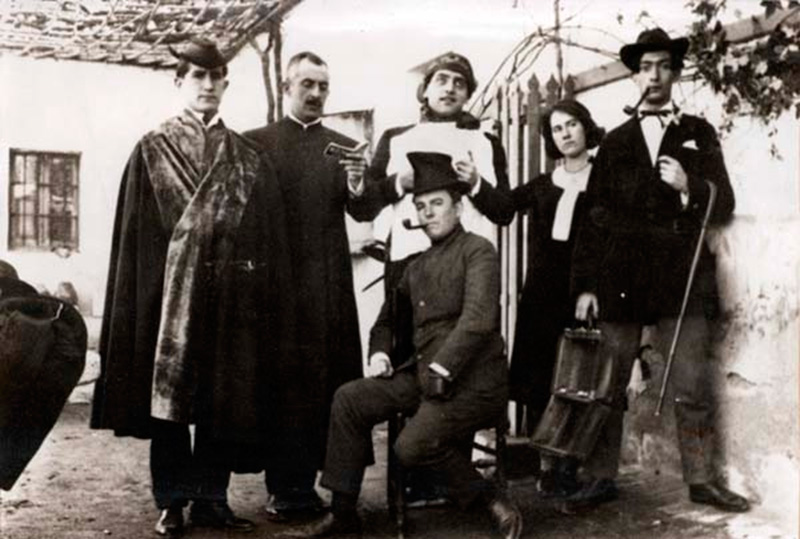
On April 14, 1935, he met up with Lorca again in Seville. Federico had been invited to spend Holy Week in the city by the poet Joaquín Romero Murube. With them was also Jorge Guillén, who later especially remembered Federico’s reading of Lament for a Bullfighter. The last photo that brings them together is from 1936, in a tribute to the painter Hernando Viñes at the Cervantes Inn in Madrid, near the Circle of Fine Arts.
During the Civil War José Bello lived in Madrid and when it ended he worked as an advisor to Hidroeléctrica de Huesca. Afterwards he had some businesses, a fur factory and a motomovie company, which failed. He was awarded the Gold Medal of Merit in Fine Arts in 2004. He died at the age of 103, in January 2008, with almost no literary work, as he himself confessed in his interviews, except for some short stories and articles and two avant-garde plays, one written in collaboration with Luis Buñuel, Hamlet, and the other with Rafael Alberti, The Poor Man.
His best work was the friendships he cultivated and the inspiration he provided for all of them.
